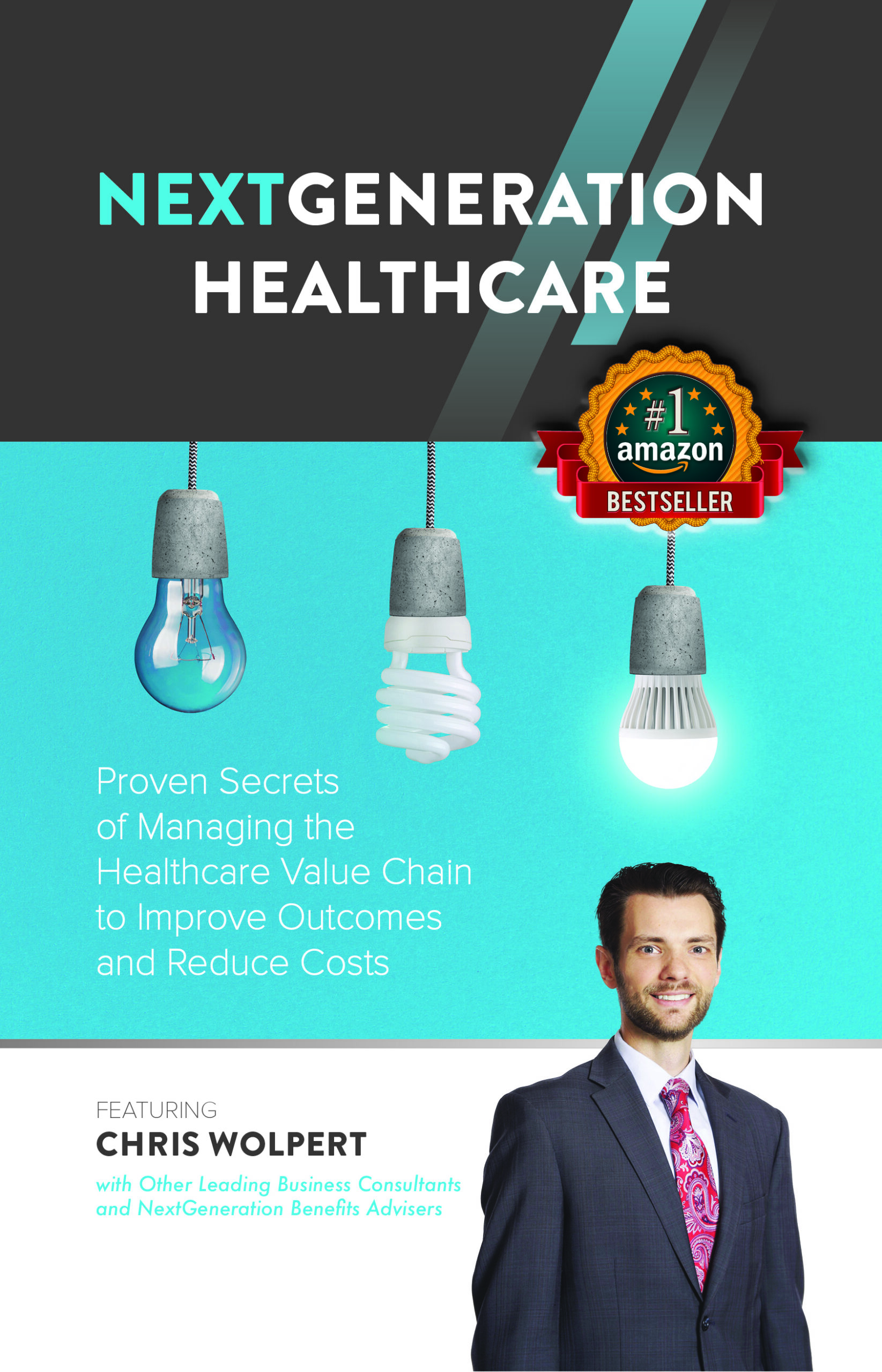American workers are more stressed than ever coming out of the pandemic, and an increasing number of people are also struggling with mental health issues.
Sadly, the number of people dying from drugs, alcohol and suicide hit record levels in 2022.
When someone is battling addiction or has mental health issues, it affects all aspects of their life, including work. Stress can have a significant adverse impact on business. It costs employers an average of $300 billion a year in stress-related health care and missed work, according to a Harris Poll conducted for Purchasing Power.
That’s why more employers are stepping up to provide their workers with benefits to support behavioral health and emotional well-being.
Employee assistance programs
One of the most common ways that businesses have offered support is through employer-paid employee assistance programs (EAPs), which offer a set amount of free mental health services sessions, typically topping out at five to eight per year. But for many people who are experiencing mental health issues, this may not be enough.
Some larger employers have started offering mental health benefits that cover a higher number of therapy sessions and wider range of treatment options, including therapy and mental health coaching.
Additionally, studies have found that offering a mix of online services such as digital lessons and in-person or virtual therapy can lead to lower therapy dropout rates, plus higher rates of abstinence for clients with substance abuse issues.
As a result, some employers are offering programs that cover a spectrum of behavioral health care options, such as:
- Self-care apps for employees experiencing occasional stress
- In-person therapy sessions
- Virtual therapy sessions
- Prescription medication to treat common, diagnosable conditions such as anxiety or depression.
Companies usually offer EAPs at no cost to their employees. Most employers operate their EAP through a third party administrator, which can be crucial to the success of your EAP.
Employees have to feel comfortable discussing professional and personal problems with the EAP administrator, and if your business administers your EAP, it could prevent employees from coming forward and asking for the help they require.
That said, it’s up to you to make sure your staff understands that they can talk about mental health without fear of it affecting their jobs. You should train management and supervisors on the importance of confidentiality and job protection if one of your staff asks for assistance or raises mental health concerns.
Don’t forget your health insurance
There is an extensive list of mental health services your health plan should provide your staff. These services include outpatient and inpatient treatment, telemedicine, medication and counseling. Each of these attributes can be vital for treating mental illnesses.
Of course, there will likely be some out-of-pocket costs for your employees that use these services under their group health plans.
One service that is growing and improving success rates is the continuing evolution of telemedicine. According to the benefits news site BenefitsPro, telemedicine can make getting care anonymous and convenient, so patients can receive it where they’re most comfortable. This is especially valuable when dealing with the sensitive matter of mental health.
Other options
American workers are more stressed than ever, and some may not need counseling services from an EAP to reduce their life stress. Besides offering an EAP, there are other benefits that you can extend to your workers that can help them better deal with the ordeals of life and work, including:
Parental leave — Becoming a new parent is extremely stressful. If you don’t offer parental leave, and instead require parents to take unpaid time off, such as under the Family and Medical Leave Act, this stress is compounded. Paternal leave is paid time off for new parents, either mom or dad, after the birth or adoption of a child. It gives parents the opportunity to take care of their new child without the stress of work getting in the way.
The benefit to the employer is that when the worker returns from their leave, they are more productive, sooner. Consider offering this to both male and female employees.
Paid time off — PTO combines sick leave and vacation time. It gives employees a set bank of time off at the beginning of each year. Employees can then choose whenever and however they want to use this time off.
Flexible work — Flexible work is a great way to help employees with mental health issues. This benefit can include flexible hours (selecting hours they will work), flexible schedule (selecting when they work) and flexible location (like telecommuting).

